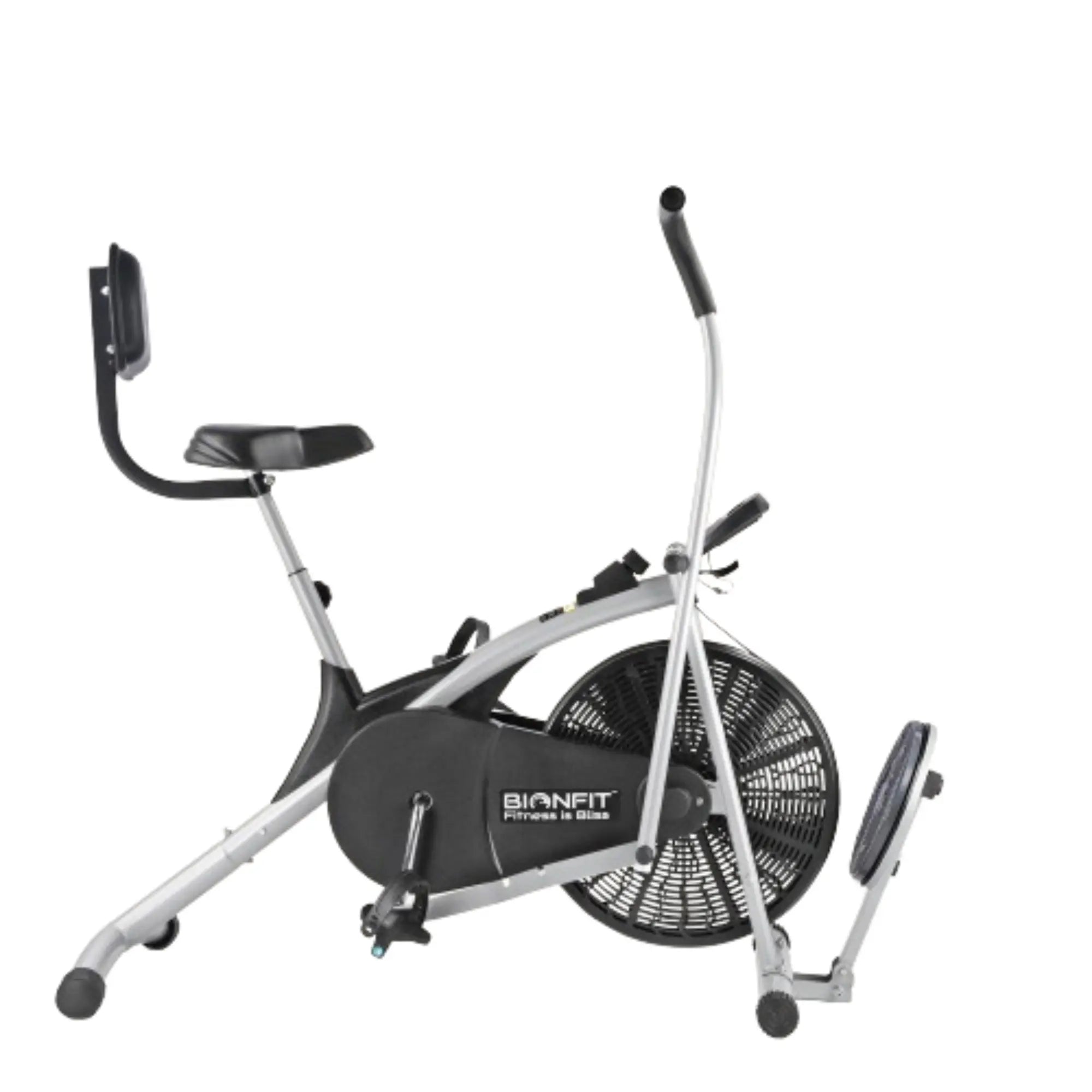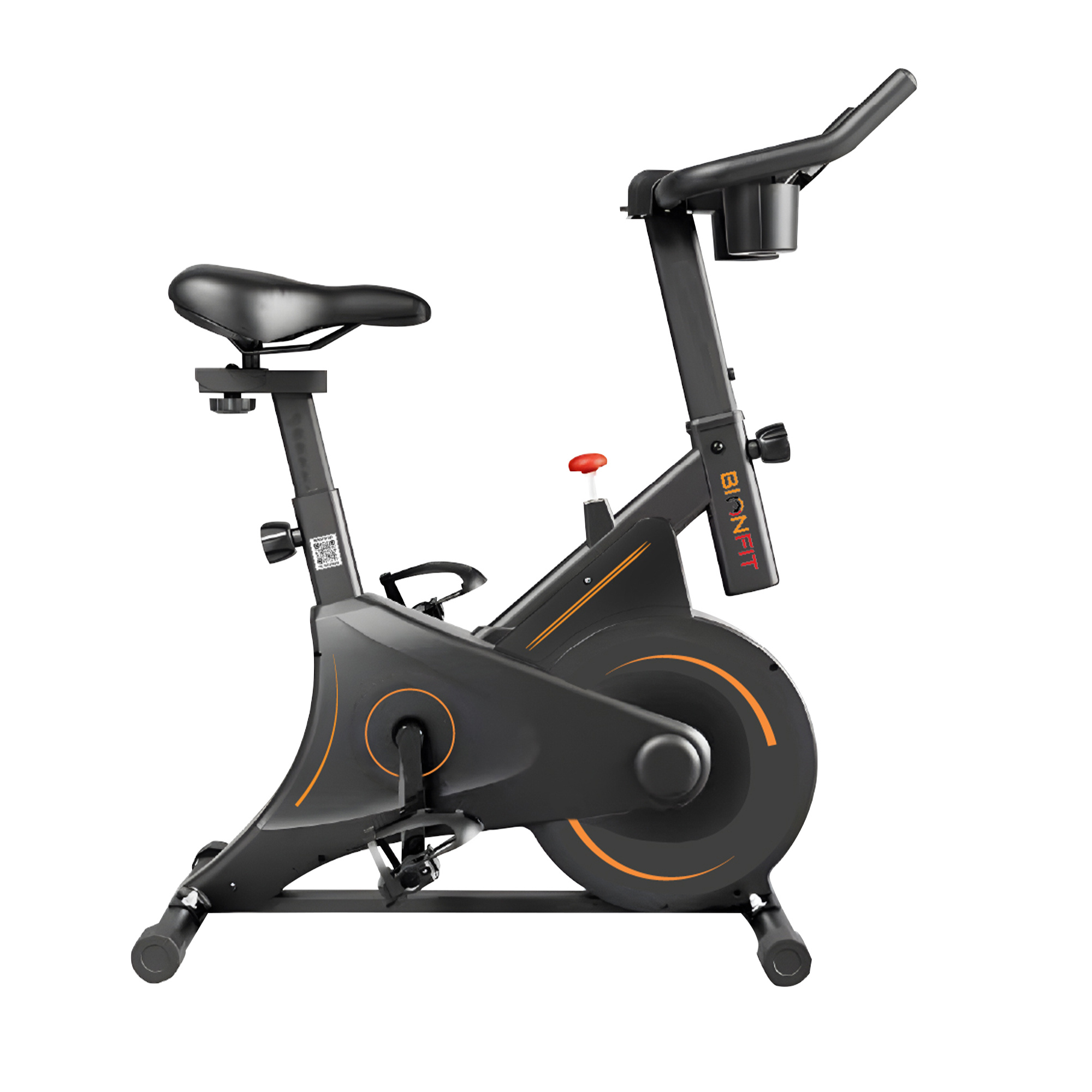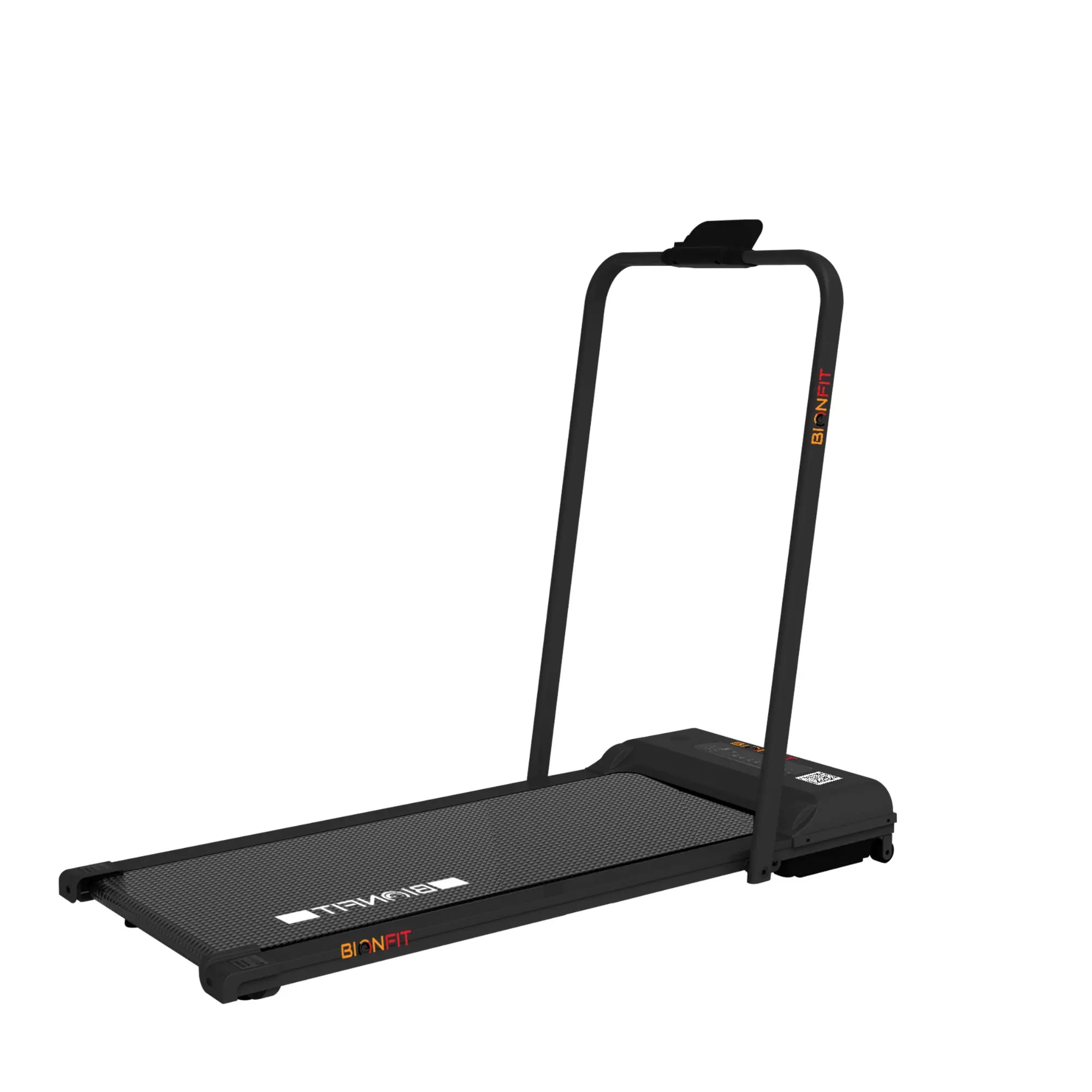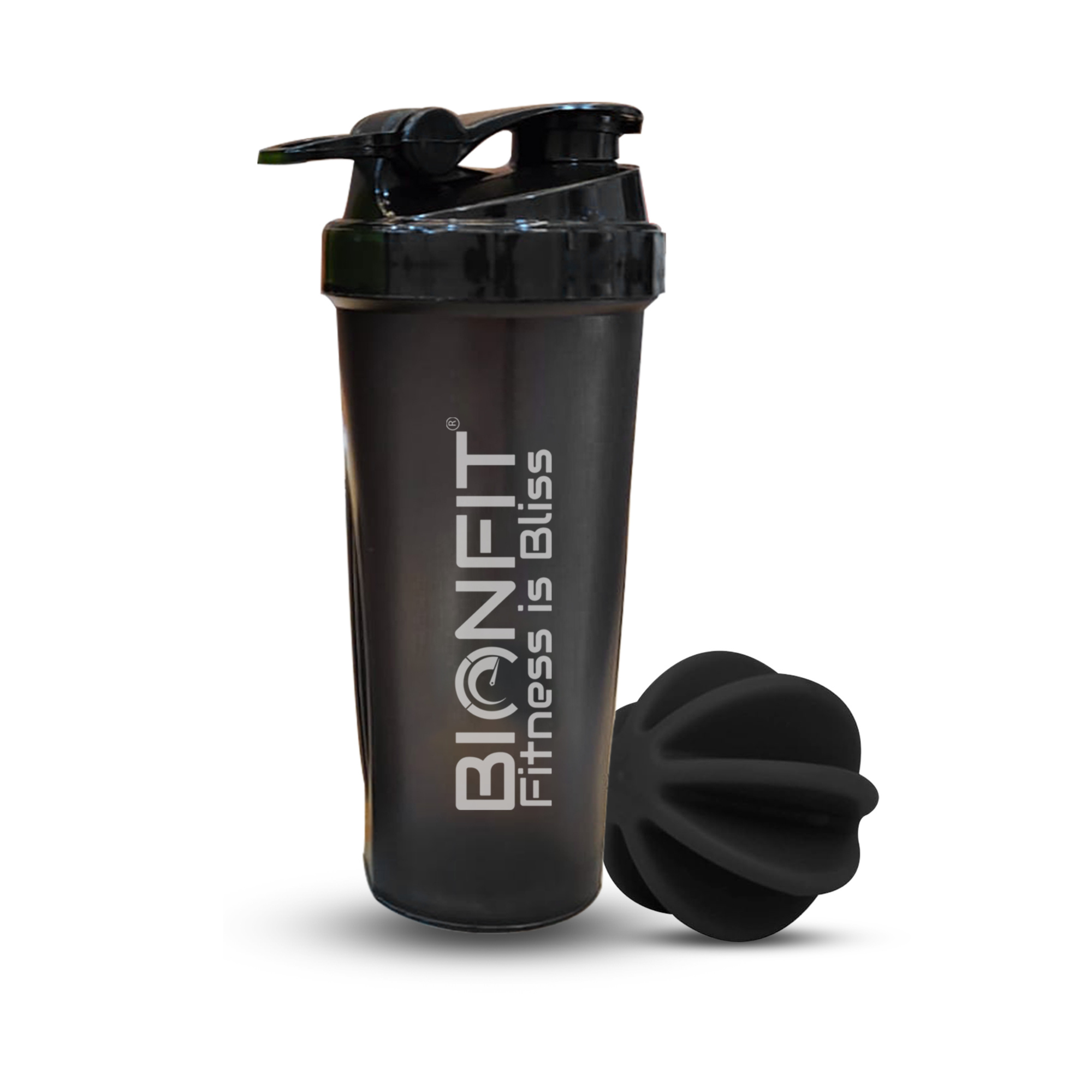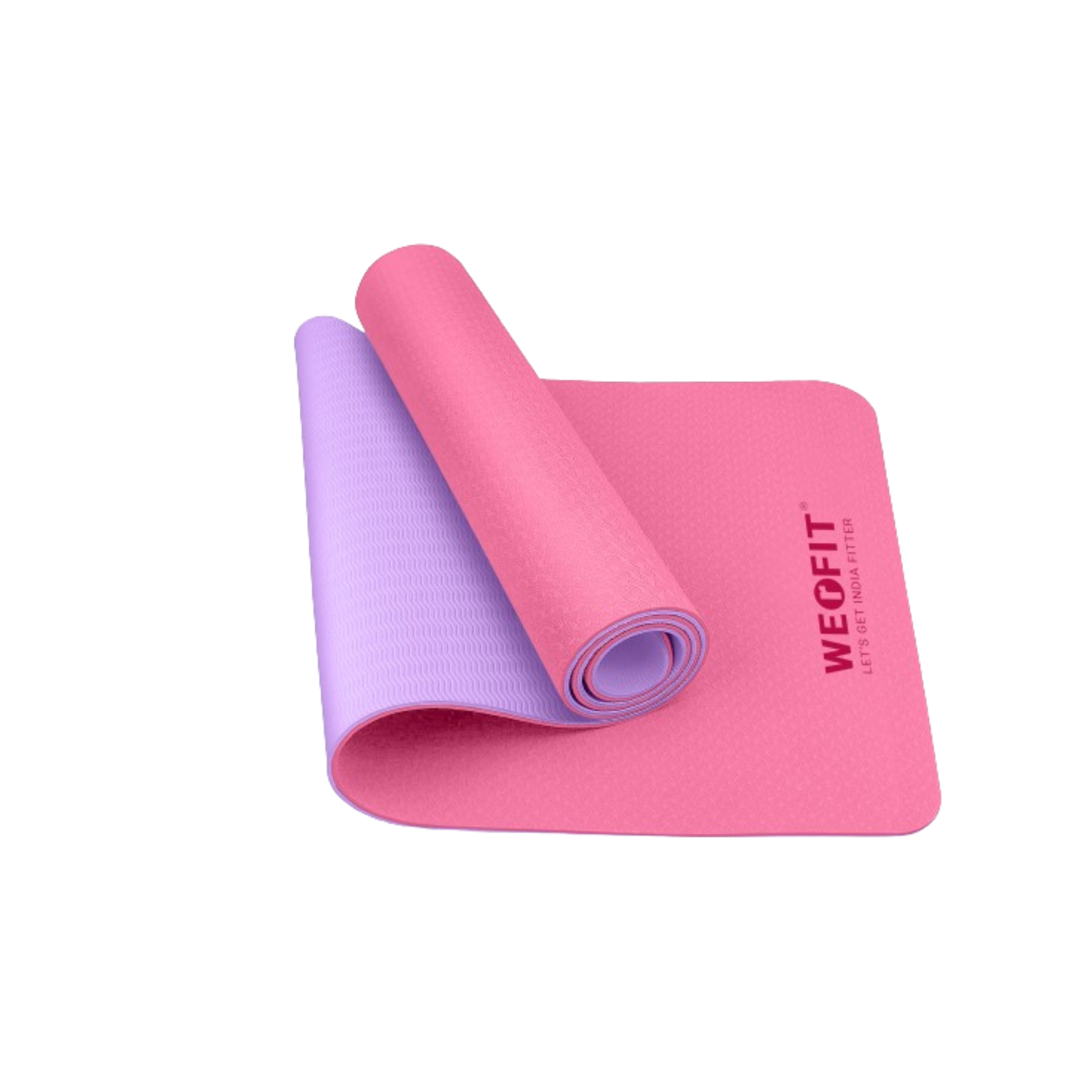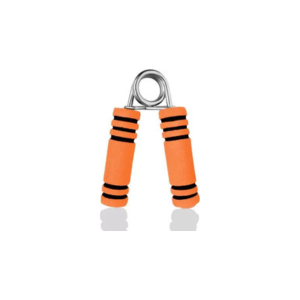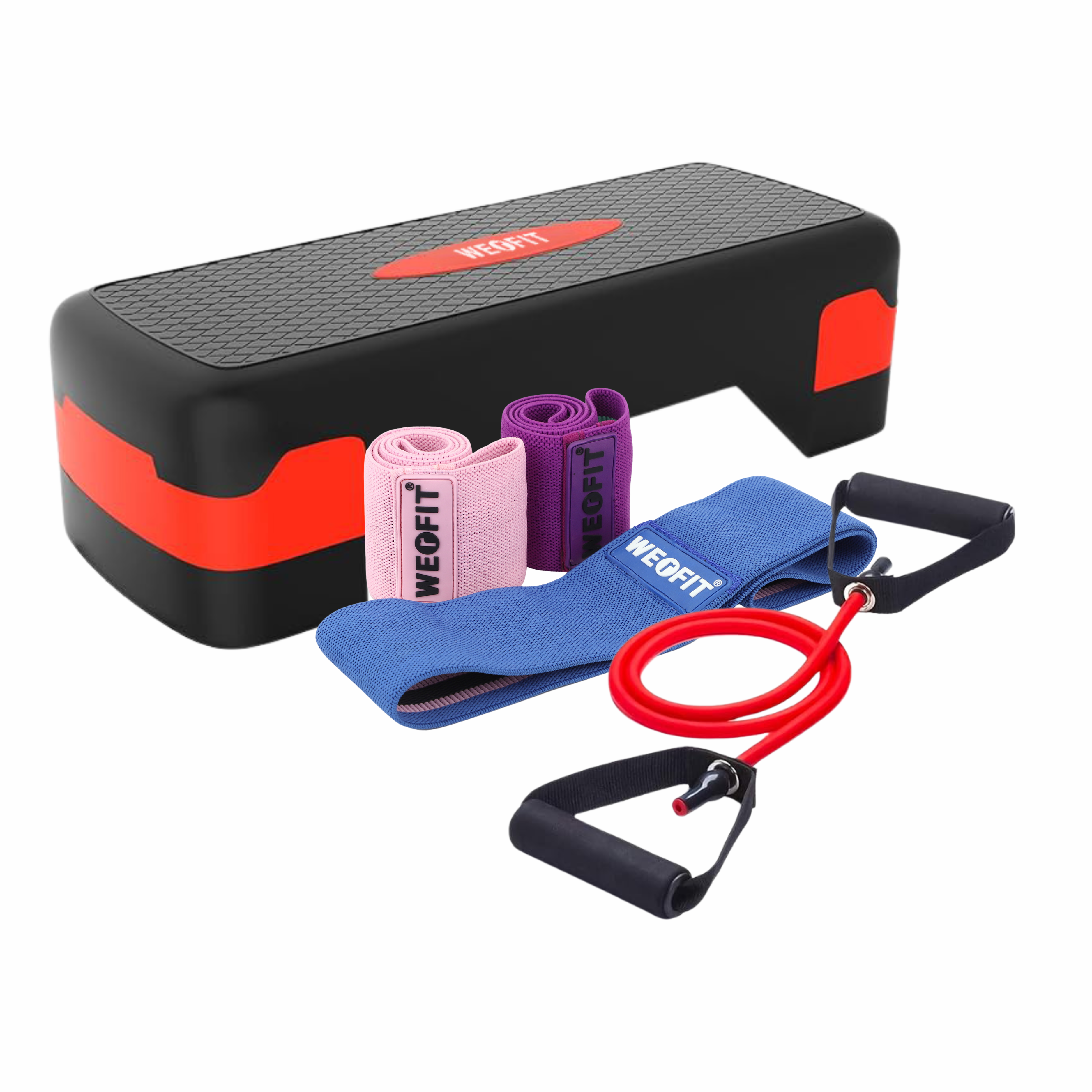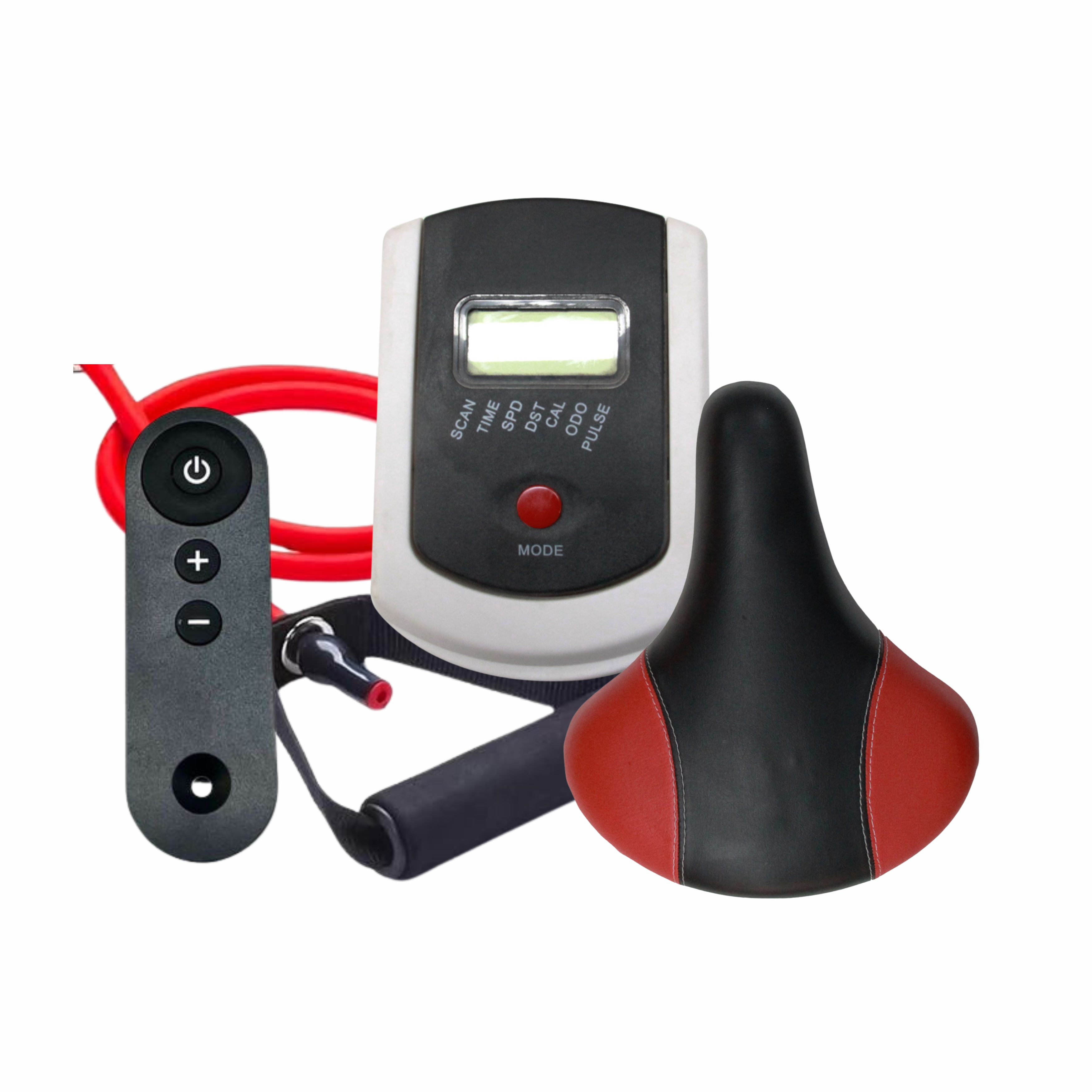
Airbike Workouts for Full Body Strength and Conditioning
Airbike workouts are becoming increasingly popular among fitness enthusiasts. Unlike traditional stationary bikes, the Airbike offers a unique blend of cardio and strength training, making it a versatile tool for full body conditioning. Whether you are a beginner or an advanced athlete, incorporating Airbike workouts into your routine can significantly enhance your fitness levels.
The Anatomy of an Airbike
An Airbike, also known as a fan bike, is a stationary exercise bike equipped with a large fan connected to the pedals and handlebars. As you pedal and push/pull the handles, the fan generates resistance. The harder you work, the greater the resistance, providing a dynamic workout experience.
Key Features of an Airbike
- Fan-based resistance: Increases with effort, ensuring a challenging workout.
- Dual-action handlebars: Engage both upper and lower body.
- Adjustable seat: Provides comfort and proper form.
- Sturdy frame: Designed to handle intense workouts.
Differences from Traditional Stationary Bikes
Unlike traditional stationary bikes that often have preset resistance levels, the Airbike’s resistance is variable and directly related to your effort. This makes it ideal for high-intensity interval training (HIIT) and full body workouts.
Why Choose Airbike Workouts?
1. Full Body Engagement
- One of the standout benefits of Airbike workouts is the simultaneous engagement of upper and lower body muscles. This comprehensive approach ensures a balanced workout, targeting multiple muscle groups.
2. High-Intensity Interval Training (HIIT)
- Airbikes are perfect for HIIT workouts, which involve short bursts of intense exercise followed by rest or low-intensity periods. HIIT is known for its effectiveness in burning calories and improving cardiovascular health.
3. Low Impact on Joints
- For those with joint issues, the Airbike offers a low-impact alternative to running or jumping exercises. The smooth, fluid motion reduces stress on the knees and ankles, making it a safer option for many people.
Getting Started with Airbike Workouts
1. Choosing the Right Airbike
- When selecting an Airbike, consider factors like build quality, resistance levels, and comfort features. Brands like Assault Fitness and Schwinn offer popular models with robust features.
2. Setting Up Your Airbike
- Proper setup is crucial for an effective workout. Adjust the seat height so that your knees are slightly bent at the bottom of the pedal stroke. Ensure the handlebars are at a comfortable height and distance.
Basic Safety Tips
- Warm up properly to prepare your muscles.
- Maintain good posture to avoid injuries.
- Start slow and gradually increase intensity.
Essential Warm-Ups
Importance of Warming Up
- Warming up increases blood flow to the muscles, enhances flexibility, and reduces the risk of injuries. It prepares your body for the workout ahead.
Simple Warm-Up Exercises
- Arm circles: Loosen up your shoulders.
- Leg swings: Improve hip mobility.
- Light pedaling: Gradually increase intensity.
Beginner Airbike Workouts
1. Introductory Workout Routines
- Start with 10-15 minutes of moderate pedaling to get accustomed to the Airbike. Focus on maintaining a steady pace and good form.
2. Building Endurance
- Gradually increase your workout duration by 5 minutes each week. Incorporate intervals of higher intensity to build stamina.
3. Monitoring Progress
- Keep track of your workouts by noting down your duration, distance, and perceived exertion. This will help you see improvements over time.
Intermediate Airbike Workouts
1. Increasing Intensity
- To take your workouts up a notch, start incorporating sprints. For example, pedal hard for 20 seconds, then rest for 40 seconds. Repeat this cycle for 15-20 minutes.
2. Incorporating Intervals
- Try 30 seconds of high-intensity pedaling followed by 30 seconds of low-intensity recovery. This type of interval training boosts cardiovascular fitness and burns more calories.
3. Combining Strength and Cardio
- Integrate bodyweight exercises like push-ups or squats between your cycling intervals. This keeps your heart rate up and adds a strength component to your workout.
Advanced Airbike Workouts
1. High-Intensity Interval Training (HIIT) Routines
- HIIT on an Airbike involves short, explosive bursts of effort. A popular HIIT workout is the Tabata protocol: 20 seconds of all-out effort followed by 10 seconds of rest, repeated for 4 minutes.
2. Pushing Limits with Tabata
- Tabata workouts are highly effective for improving both aerobic and anaerobic capacity. They are short but extremely challenging.
3. Combining Airbike with Other Exercises
- For a comprehensive workout, pair your Airbike session with kettlebell swings, burpees, or rowing. This combination can enhance overall fitness and strength.
Strength and Conditioning with Airbike
1. Full Body Strength Workouts
- Use the Airbike for resistance training by performing intervals of maximum effort, which engages both upper and lower body muscles, enhancing strength and endurance.
2. Conditioning for Athletes
- Athletes can use the Airbike to improve their conditioning by incorporating it into their training regimens. It helps build stamina, speed, and power.
3. Improving Cardiovascular Health
- Regular Airbike workouts strengthen the heart and lungs, improving overall cardiovascular health. Consistent training can lead to lower resting heart rates and better endurance.
Recovery and Cool Down
1. Importance of Cooling Down
- Cooling down helps prevent muscle stiffness and promotes faster recovery. It gradually lowers your heart rate and relaxes your muscles.
2. Effective Cool Down Exercises
- Light pedaling: Reduce intensity and pedal at a slow pace.
- Stretching: Focus on major muscle groups used during the workout.
- Deep breathing: Helps relax and oxygenate your muscles.
Common Mistakes to Avoid
1. Overtraining
- While it's important to push yourself, overtraining can lead to injuries and burnout. Listen to your body and allow adequate rest.
2. Improper Form
- Maintaining proper form is crucial to avoid injuries. Ensure your back is straight, shoulders relaxed, and knees aligned.
3. Ignoring Recovery
- Recovery is as important as the workout itself. Make sure to incorporate rest days and recovery strategies like stretching and hydration.
Airbike Workouts for Specific Goals
1. Weight Loss
- Airbike workouts are effective for weight loss due to their high-calorie burn. Combine regular sessions with a balanced diet for best results.
2. Muscle Building
- Incorporate resistance intervals and strength training exercises to build muscle. Focus on both upper and lower body for balanced development.
3. Endurance Training
- Longer, steady-state sessions on the Airbike can improve your endurance. Gradually increase the duration and intensity of your workouts.
Incorporating Airbike into Your Fitness Routine
1. Weekly Workout Schedule
- Plan your workouts to include a mix of high-intensity intervals, strength training, and recovery days. A balanced schedule ensures comprehensive fitness.
2. Balancing Airbike with Other Workouts
- Combine Airbike sessions with other forms of exercise like weight lifting, running, or yoga. This variety prevents boredom and promotes overall fitness.
3. Listening to Your Body
- Pay attention to how your body feels. Adjust your workouts based on your energy levels and avoid pushing through pain.
Nutrition Tips for Airbike Athletes
1. Pre-Workout Nutrition
- Fuel your body with a combination of carbohydrates and proteins before your workout. This provides energy and supports muscle function.
2. Post-Workout Recovery Meals
- After your workout, consume a meal rich in protein and healthy fats to aid muscle recovery and replenish energy stores.
3. Staying Hydrated
- Hydration is key for performance and recovery. Drink plenty of water before, during, and after your workouts to stay hydrated.
Conclusion
Airbike workouts offer a versatile and effective way to improve full body strength and conditioning. Whether you're aiming to lose weight, build muscle, or enhance your endurance, incorporating Airbike exercises into your fitness routine can yield significant benefits. Start slow, gradually increase intensity, and always listen to your body. Happy cycling!
FAQs
How often should I do Airbike workouts?
- Aim for 3-4 times a week, allowing rest days in between to recover.
Can beginners use an Airbike?
- Yes, beginners can start with low-intensity sessions and gradually increase the difficulty.
Is Airbike good for weight loss?
- Absolutely. Airbike workouts burn a high number of calories, making them excellent for weight loss.
What muscles does the Airbike target?
- It targets the legs, arms, and core, providing a full body workout.
How do I maintain my Airbike?
- Regularly check for loose bolts, keep the chain lubricated, and wipe down the bike after each use to maintain its condition.
Follow us for more updates.

